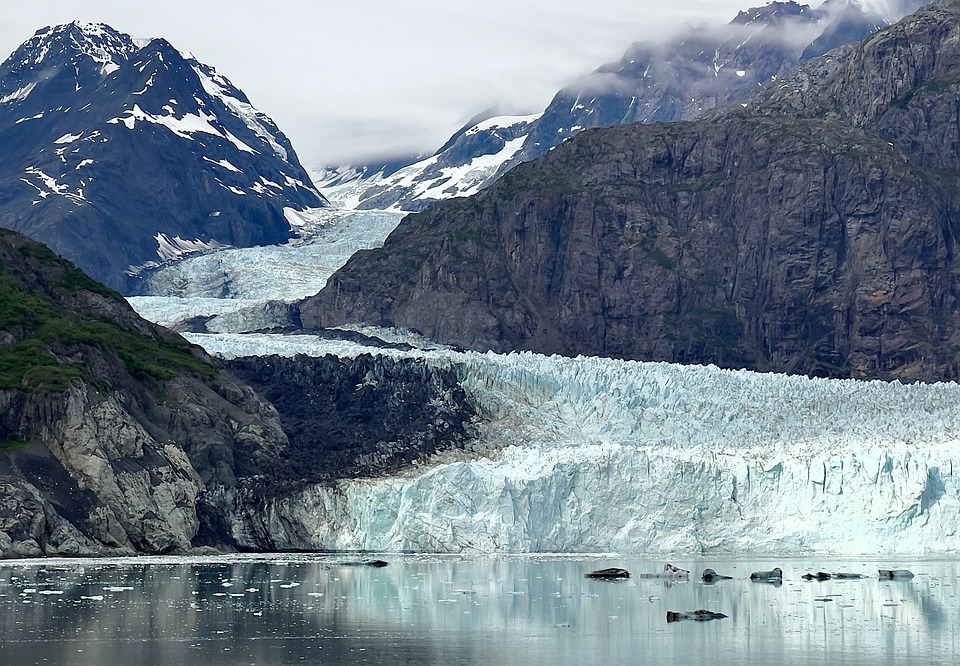Birds of a Feather, Prone to Peril: Shocking Truth Behind UK’s 100,000 Annual Avian Victims
The UK is often touted as a haven for wildlife, with its lush green landscapes, diverse ecosystems, and abundant species. However, behind the idyllic scenes, a devastating reality lies hidden. Every year, a staggering 100,000 birds fall victim to human activities, and the statistics are alarming. This article delves into the shocking truth behind the UK’s avian carnage, shedding light on the alarming rates of bird mortality and the various factors contributing to this crisis.
The Unsettling Truth
According to a recent study by the Royal Society for the Protection of Birds (RSPB), an estimated 100,000 birds perish annually in the UK, with many more suffering injuries and habitat destruction. The most affected species are birds of prey, songbirds, and seabirds, which are vulnerable to a range of threats, including:
- Collisions with windows and buildings: Millions of birds are killed or injured every year after crashing into windows, particularly during migration periods.
- Pesticide poisoning: Exposure to pesticides and herbicides has been linked to the decline of many bird species, with some even facing extinction.
- Habitat destruction: Human activities such as deforestation, urbanization, and infrastructure development lead to the destruction of natural habitats, leaving birds without a place to live, nest, or feed.
- Climate change: Rising temperatures and extreme weather events are disrupting bird migration patterns, altering food supplies, and making it difficult for birds to adapt to changing environments.
- Poisoning by lead and other toxins: Lead, in particular, is a significant threat, as it is often used in ammunition and fishing tackle, contaminating the environment and causing devastating health issues in birds.
A Call to Action
The alarming statistics highlight the urgent need for action to protect Britain’s avian population. The UK government, conservation organizations, and individual citizens must work together to:
- Implement bird-friendly window designs: Building owners and developers can reduce bird collisions by applying decals, mesh, or other visual deterrents to windows.
- Promote sustainable agriculture: Farmers and consumers can support organic farming practices, reducing pesticide use and promoting biodiversity.
- Preserve and restore natural habitats: Efforts to protect and restore natural habitats, such as wetlands, forests, and coastlines, are crucial for maintaining bird populations.
- Reduce carbon emissions: Addressing climate change requires immediate attention, and individuals can contribute by making sustainable lifestyle choices, such as reducing energy consumption and using eco-friendly transportation.
- Support conservation efforts: Donate to reputable organizations, such as the RSPB, and participate in citizen science projects to help monitor and protect bird populations.
Image: "Falling Out of the Sky"
[Insert image of a bird lying on the ground, with a red X marked through it, surrounded by a cityscape or industrial landscape]
Frequently Asked Questions
Q: What are the most common causes of bird mortality in the UK?
A: Collisions with windows and buildings, pesticide poisoning, habitat destruction, climate change, and poisoning by lead and other toxins.
Q: Which bird species are most affected by human activities?
A: Birds of prey, songbirds, and seabirds are among the most vulnerable species.
Q: What can I do to help protect birds?
A: Make sustainable lifestyle choices, support conservation efforts, reduce pesticide use, promote bird-friendly window designs, and preserve natural habitats.
Q: How can I get involved in bird conservation?
A: Join local conservation groups, participate in citizen science projects, donate to reputable organizations, and raise awareness about the importance of bird conservation.
As we delve into the shocking truth behind the UK’s avian carnage, it is clear that the future of Britain’s bird population depends on our collective efforts. By working together, we can create a safer, more sustainable environment for these magnificent creatures, ensuring their continued thrival for generations to come.



